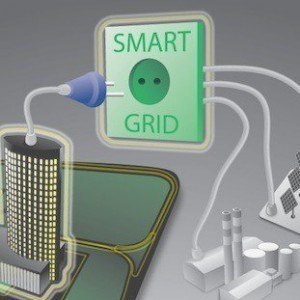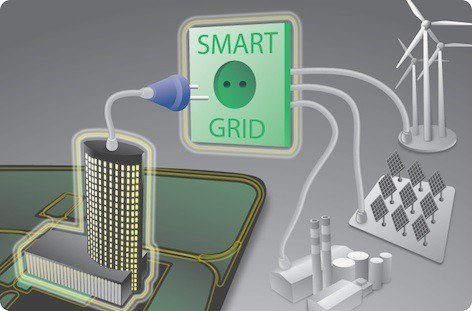The use of smart grid and metering technology is on the increase, and there are facts and figures to back this up. ICT spending in Australia is expected to reach almost $2 billion by 2015, and it’s not the only one as spending on smart grid technology worldwide is going to increase by a significant amount. According to a report published by IDC Energy Insights, spending from 2010 to 2015 is going to go up by about 18% for a total of $46 billion.
Worldwide Growth Expected
Expenditures on smart metering devices is expected to be the same pace as on cloud computing technologies, with Asia Pacific leading the increased ICT splurging with a projected growth of 33.7% CAGR (compound annual growth rate). The IDC report also states there are 14 smart grid electricity network project types, their ratings which help researchers assess potential investment trends. The report gathered data from different kinds of technologies including software, hardware and related services, and the report also collected data from utilities, privately and government owned, and assessed the type of utilities used.
The report doesn’t just cover the Asia Pacific region but also Latin America, America and Europe. According to the report, AMI (wide-ranging advanced metering infrastructure) in the United States and investment in smart metering devices will grow as demand is expected to grow in 2014 and beyond. There are many reasons for this, including changing electricity prices. Furthermore, analysts anticipate that investments will focus on specific aspects such as automated fault restoration, volt/var optimization and feeder automation. As of 2012, spending on smart grid capabilities has reached around $24 billion, and this figure represents nearly 50% of total smart grid spending, with a significant amount spent on distribution and utilities.
Assessing the Growth in Different Regions
The IDC report is of the opinion that the North American smart grid sector is, in the short term, bound to be the most dynamic. Europe meanwhile is expected to follow suit and that their 2020 sustainability target will be reached. According to the EU, their goal is to have 20% renewable energy sources, 20% CO2 emission reduction and a 20% increase in energy efficiency by the said date. According to the same report, China and Australia will be among the primary electricity network investors in the Asia Pacific region because of their focus on sustainable and renewable energy and increasing the smart meter installation. According to the most recent estimates, by 2020 China will have 200 million smart meters deployed by then.
While changes in electricity prices is a factor, it is not the only one, as utility and energy companies are also concerned about the use of non-renewable energy resources, rising costs and the ever growing consumer demand. It is for this reason why Australia is bent on increasing spending on smart grid technology and infrastructure as it can provide relief and serve as a viable alternative energy source. However, it must be pointed out that investors have differing profiles due to Australian government policies, support levels and other concerns.

